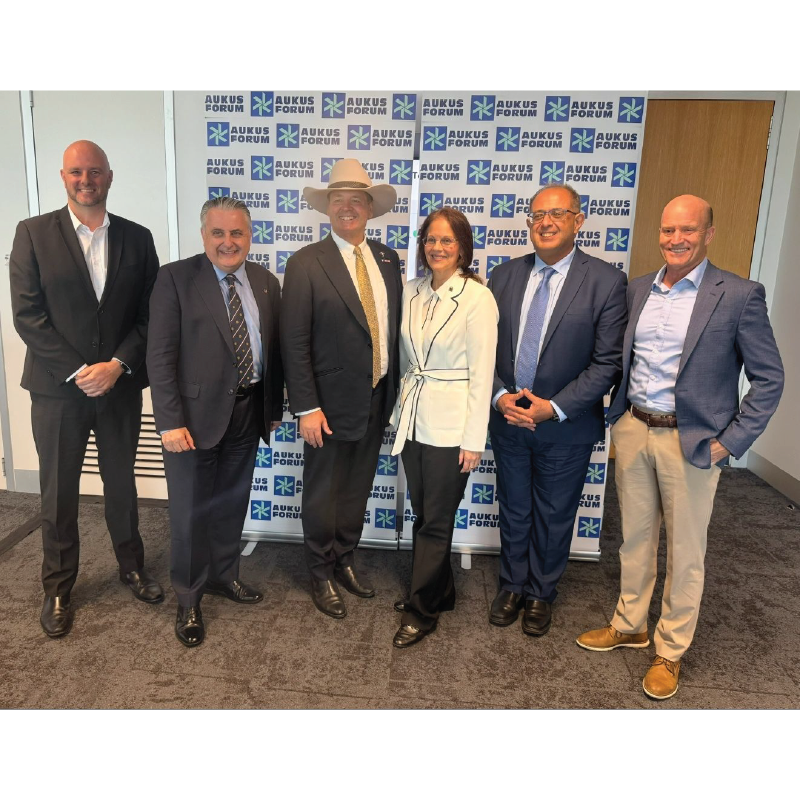News Story
Polarization and Wavelength Diversity for Fade Resistance in Optical Wireless Communication Systems (ISR IP)
For more information, contact ISR External Relations Director
Jeff Coriale at coriale@umd.edu or 301.405.6604.
Inventor
Christopher Davis
U.S. Patent: 7,106,971
Description
Optical wireless communication systems are line-of-sight optical links using lasers or light-emitting diodes (LED). Data is transmitted on a laser or LED beam using some form of amplitude, frequency, phase, or polarization modulation, or a combination of these. In these systems an optical beam passes from transmitter to receiver along a path through the atmosphere. Since the atmosphere is a turbulent medium the optical wave-fronts are distorted in passing from transmitter to receiver leading to the problem of fading, which occurs due to fluctuations in received power. Fading is currently addressed by running the link in a duplex or packet-switched mode where the receiver and transmitter communicate with each other. If data does not arrive satisfactorily, then it is retransmitted. Unfortunately, this scheme may significantly reduce the overall data transfer rate and increase system complexity.
A researcher at the University of Maryland has developed a "delayed-diversity" communication scheme that solves the problem of fading. The scheme takes advantage of the subtle changes in the characteristics of the atmospheric path between the transmitter and the receiver. By introducing a short delay during a multiple data stream transmission, the probability of a simultaneous error in the streams is markedly reduced. Although the delayed diversity scheme introduces a short latency into the link, data arrives continuously at the receiver. This short delay is of no consequence for data transfer and would not be noticeable during voice communication. Further, the delayed diversity scheme does not require more transmitter power and may also be implemented with simultaneously transmitted, different wavelengths.
It has been demonstrated that delayed diversity significantly reduces fading on a 1 km test range using a 633 nm laser transmitter working at eye-safe intensity levels. Applications of the scheme include optical wireless communications for short-range, high data links in LAN; bridging gaps in ground-based networks as well as ground-to-satellite communications; and packet-switched networks to achieve higher data transmission.
For more information
If you would like to license this intellectual property, have questions, would like to contact the inventors, or need more information, contact ISR External Relations Director Jeff Coriale at coriale@umd.edu or 301.405.6604.
Find more ISR IP
You can go to our categorical IP search page to search by research category or faculty name. Or view the entire list of available IP on our complete IP listing page.
ISR-IP-Davis ISR-IP-optical ISR-IP-wireless-networks
Published June 18, 2007









